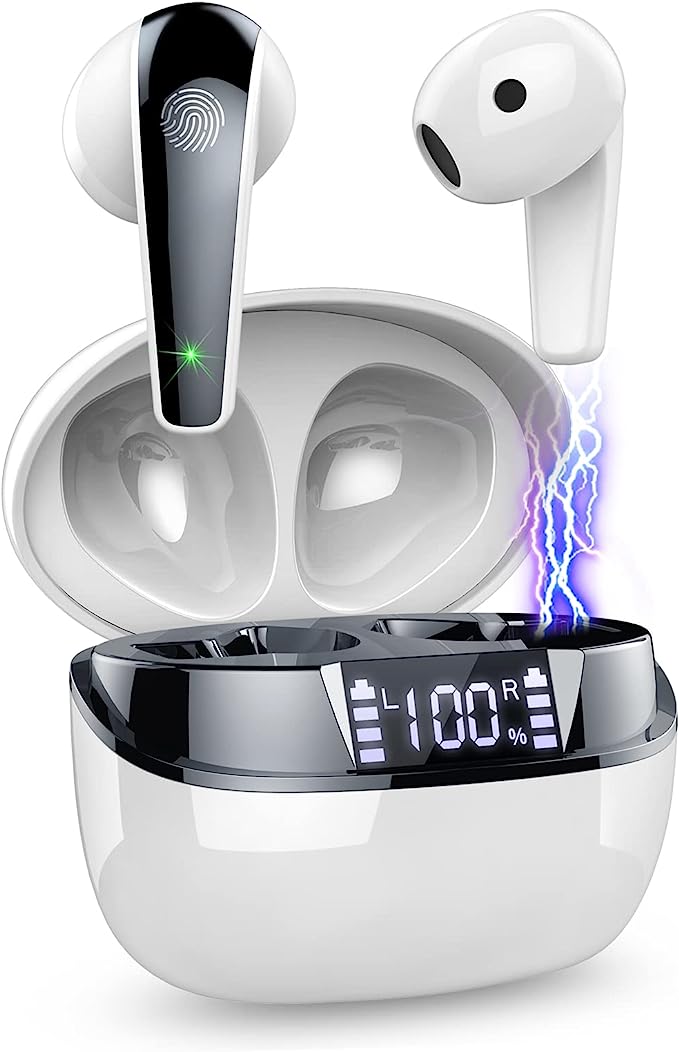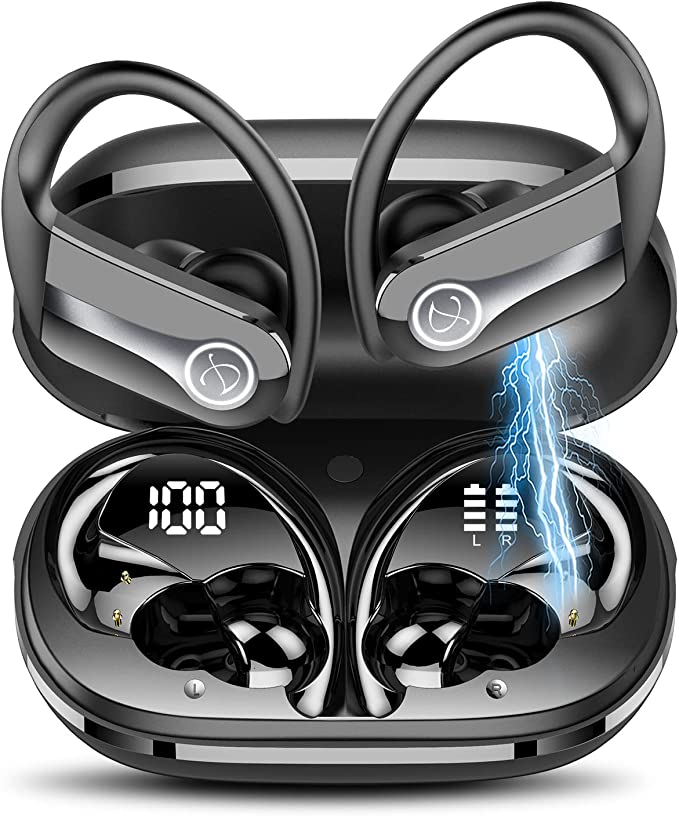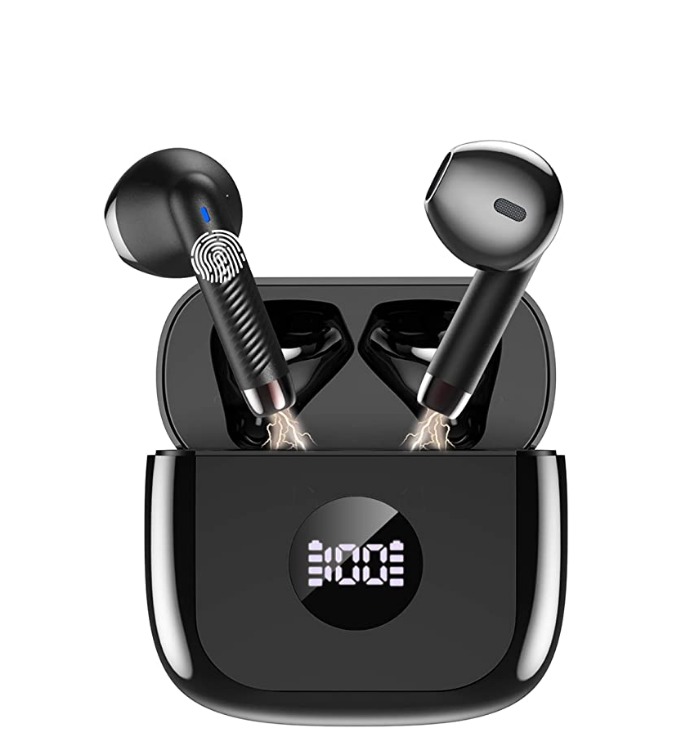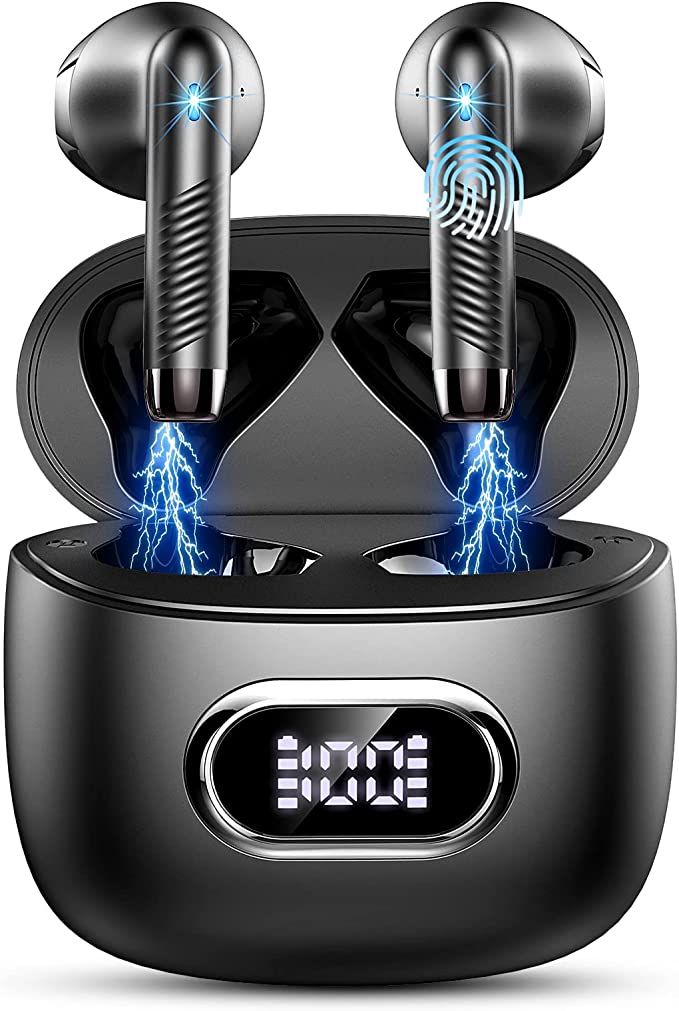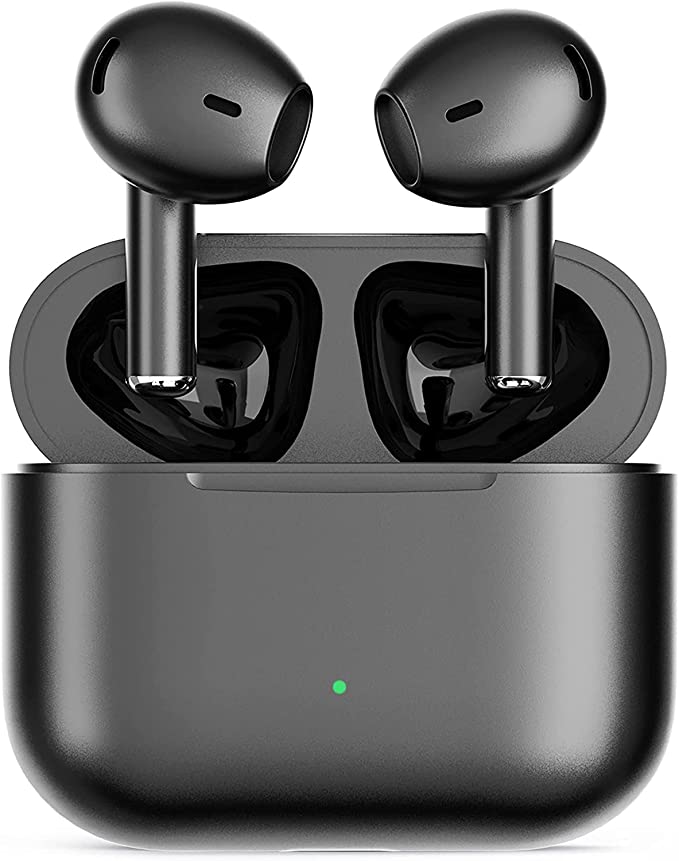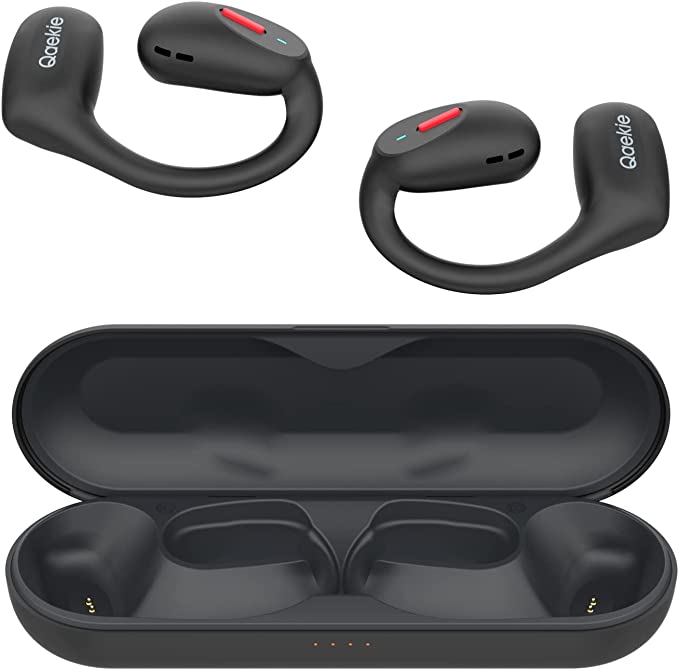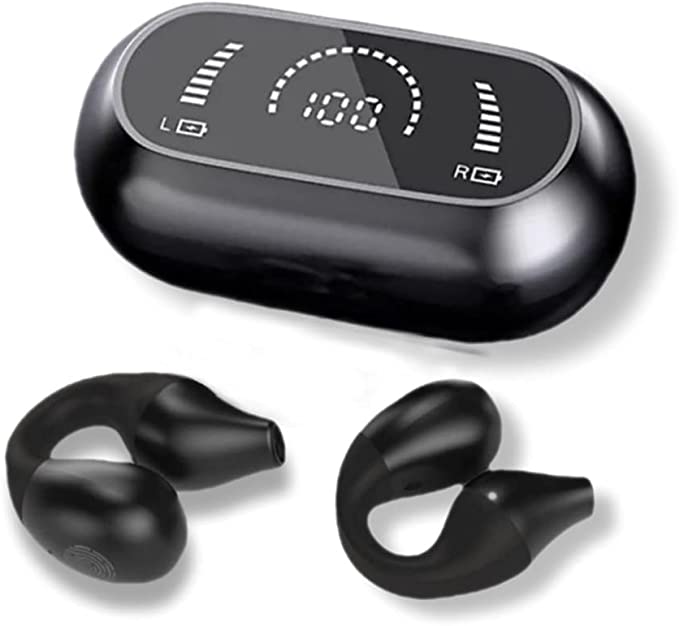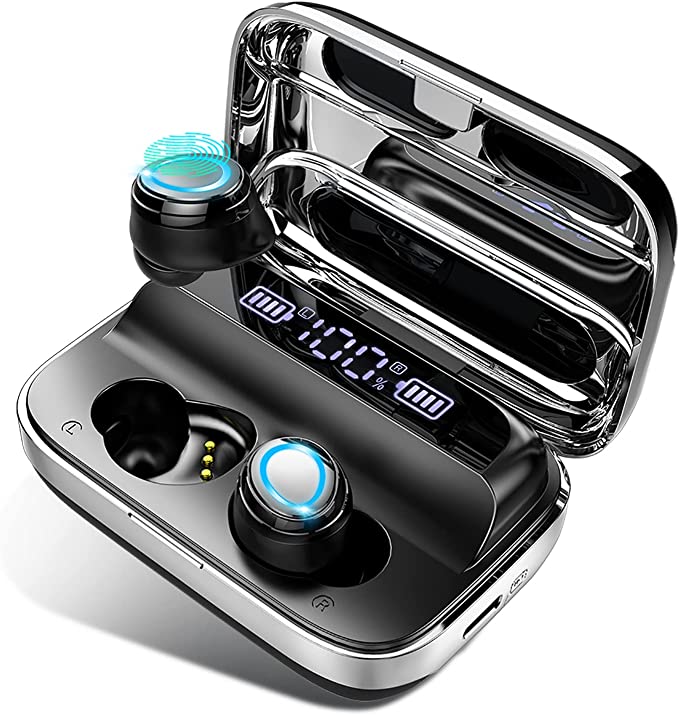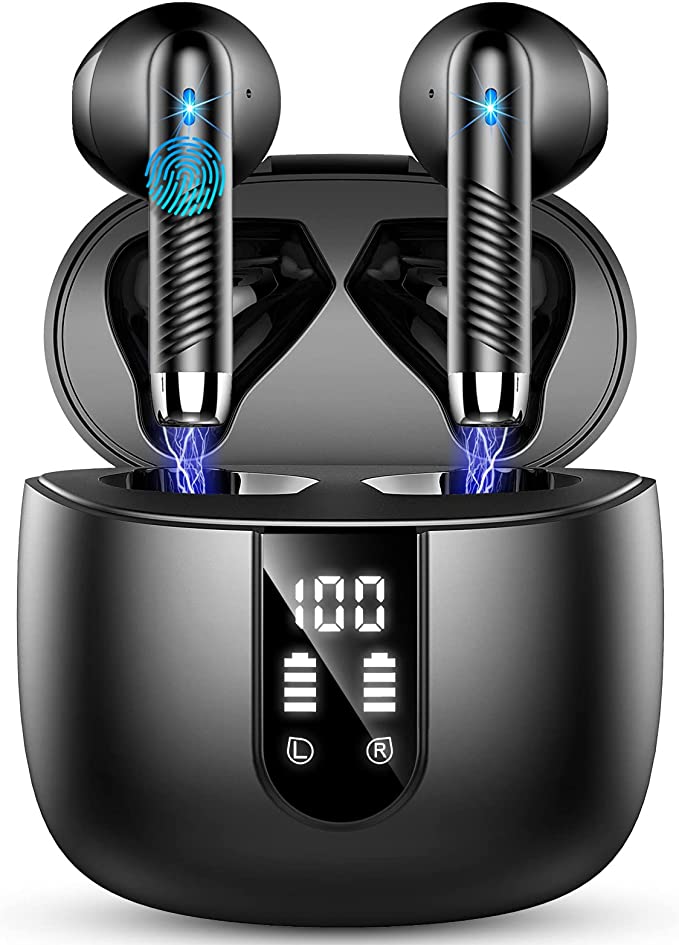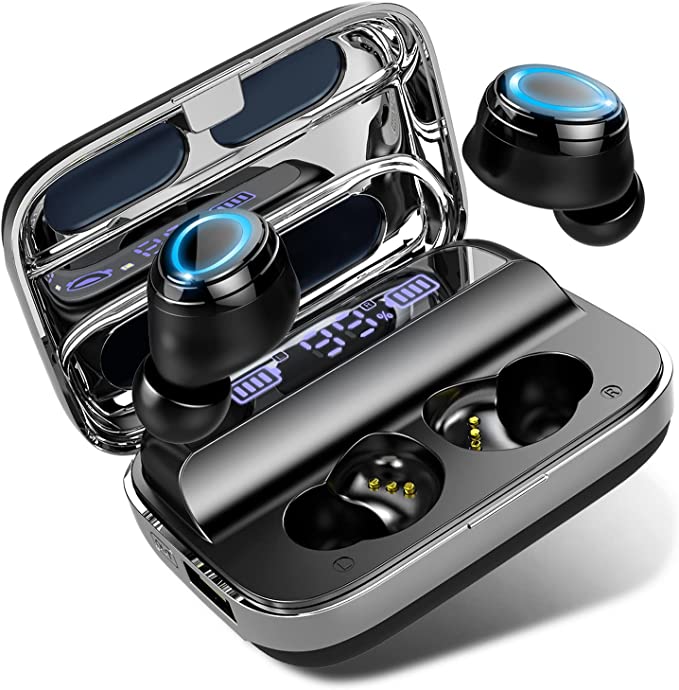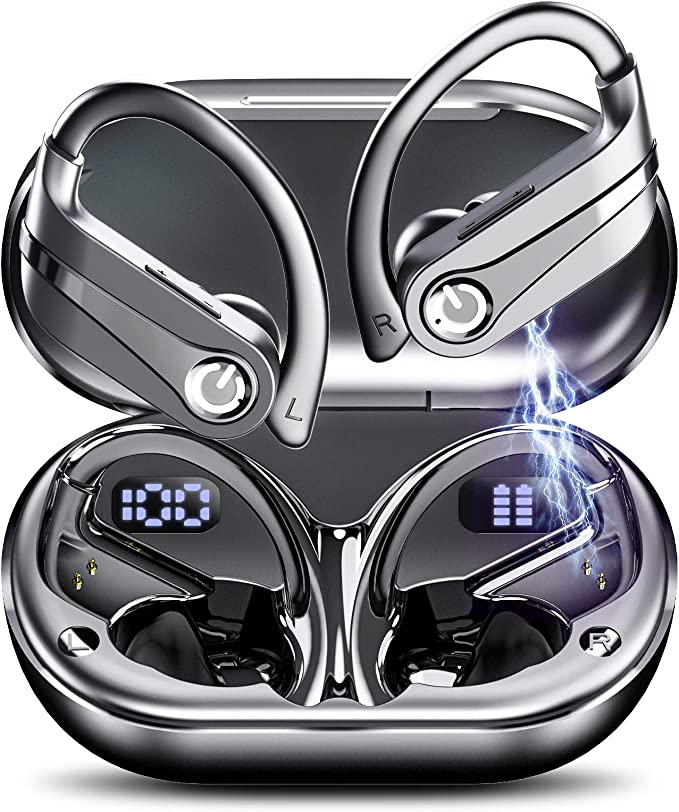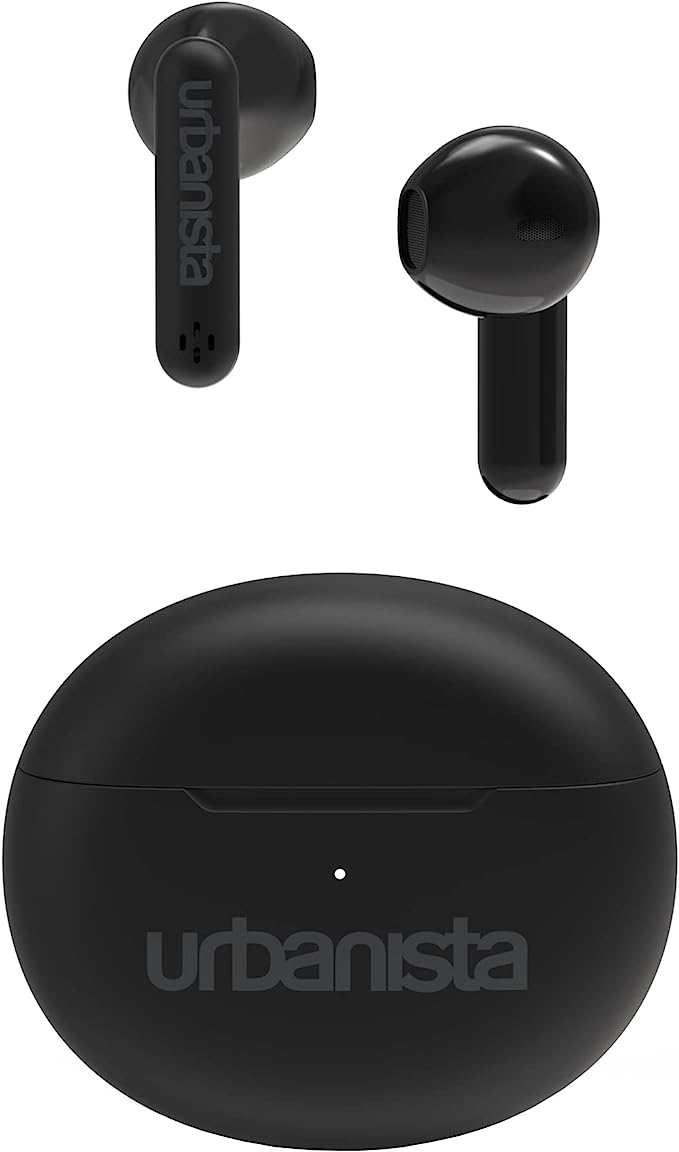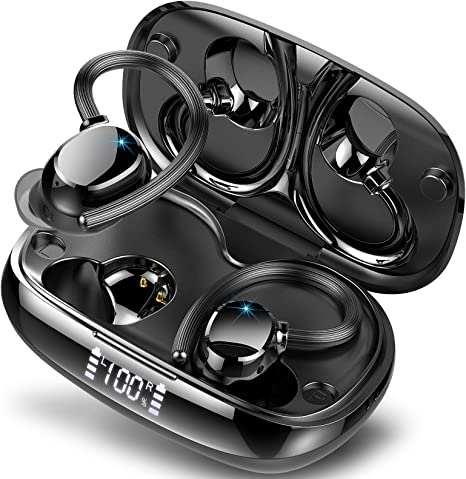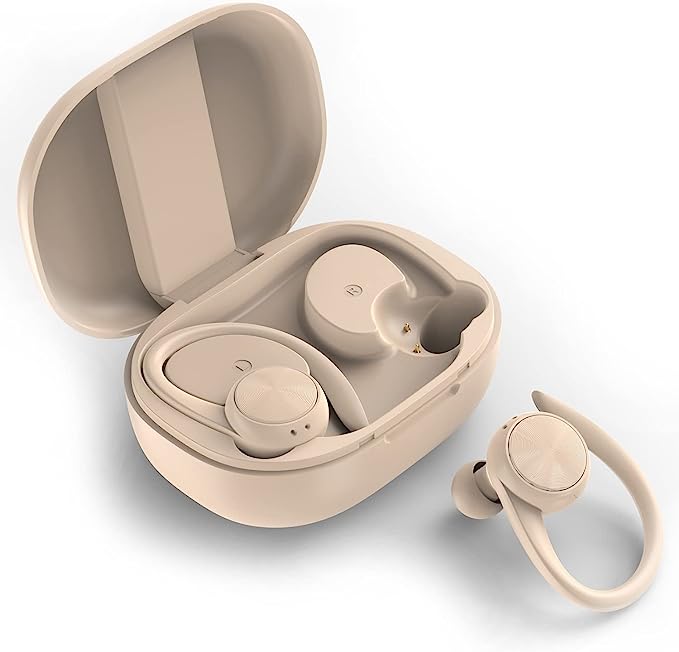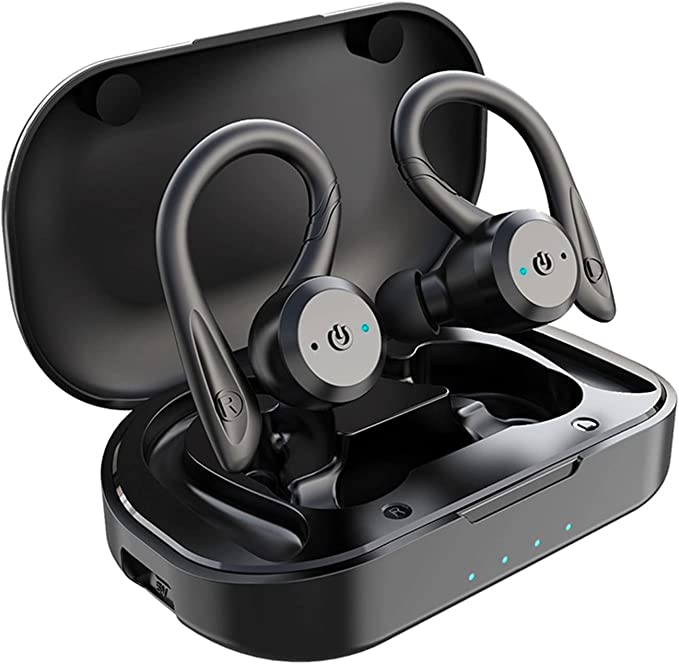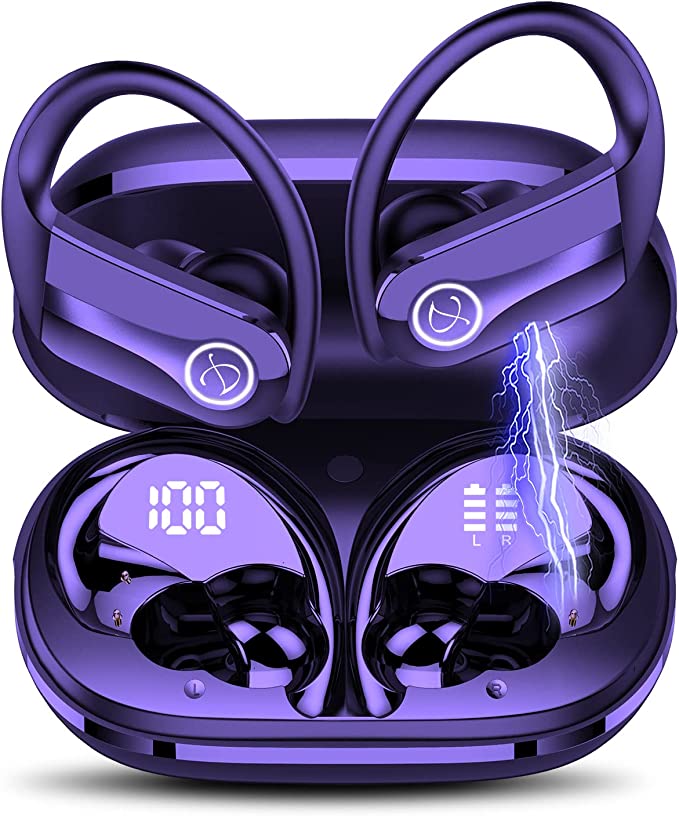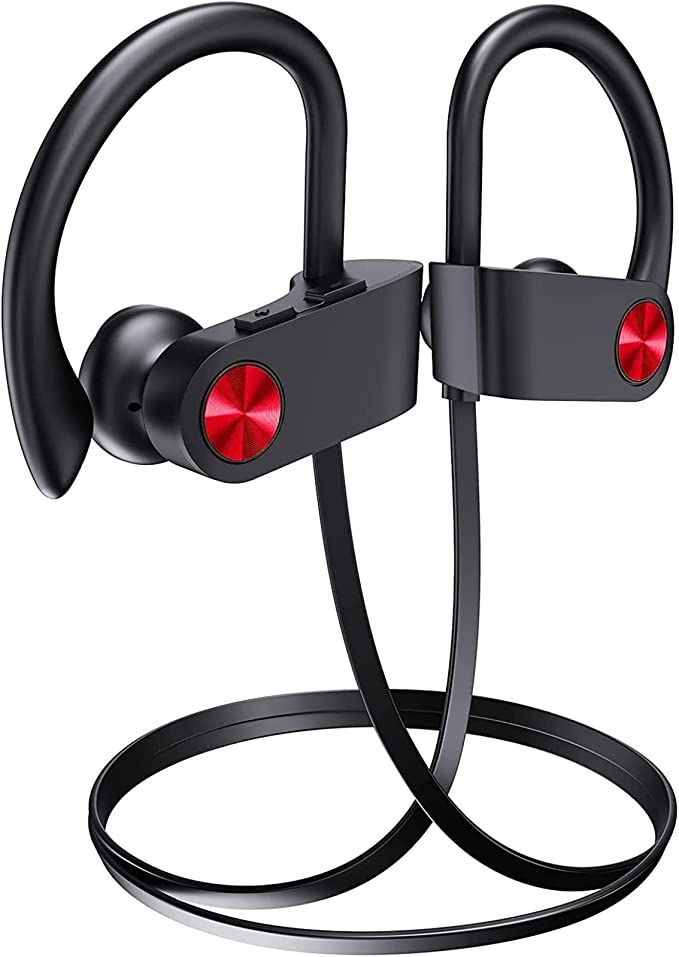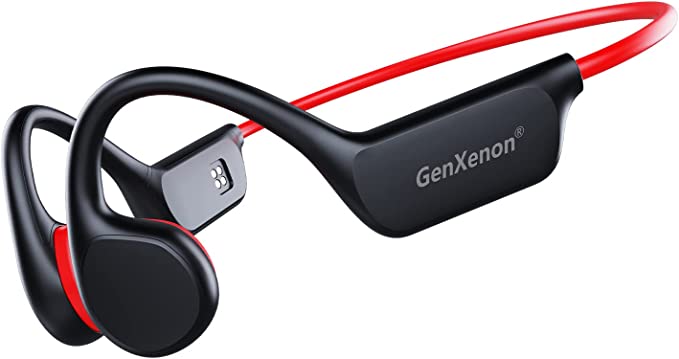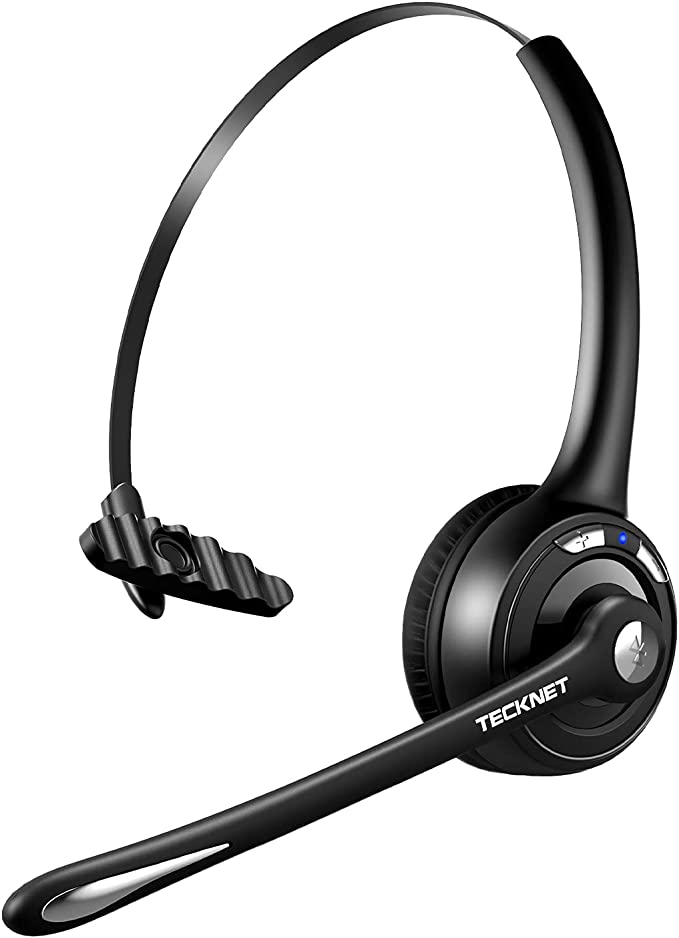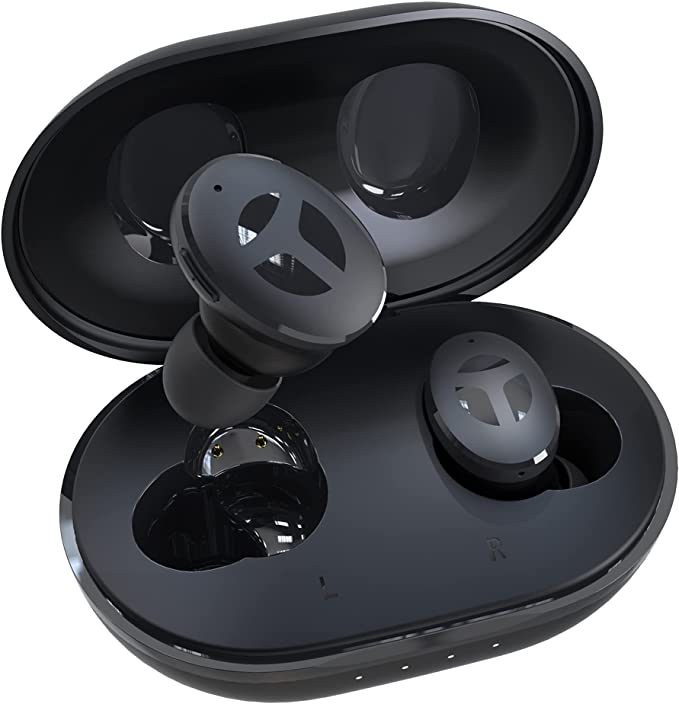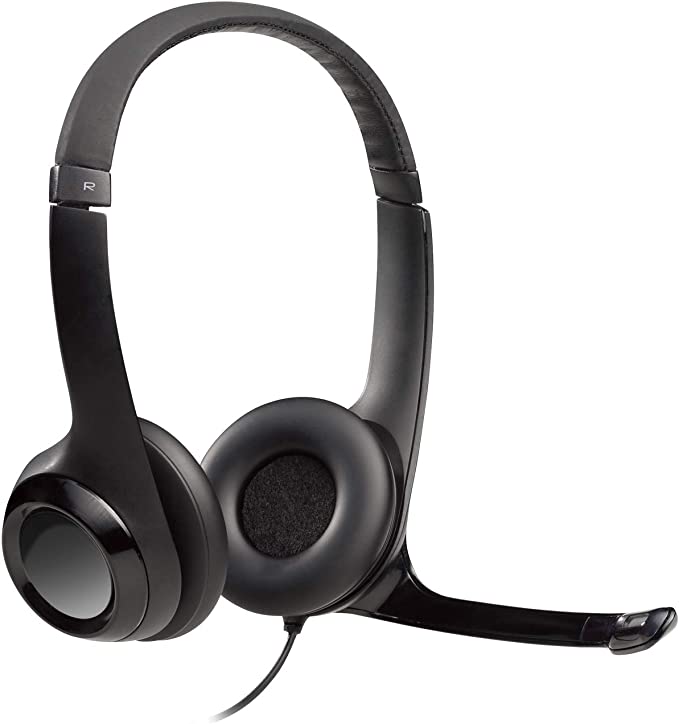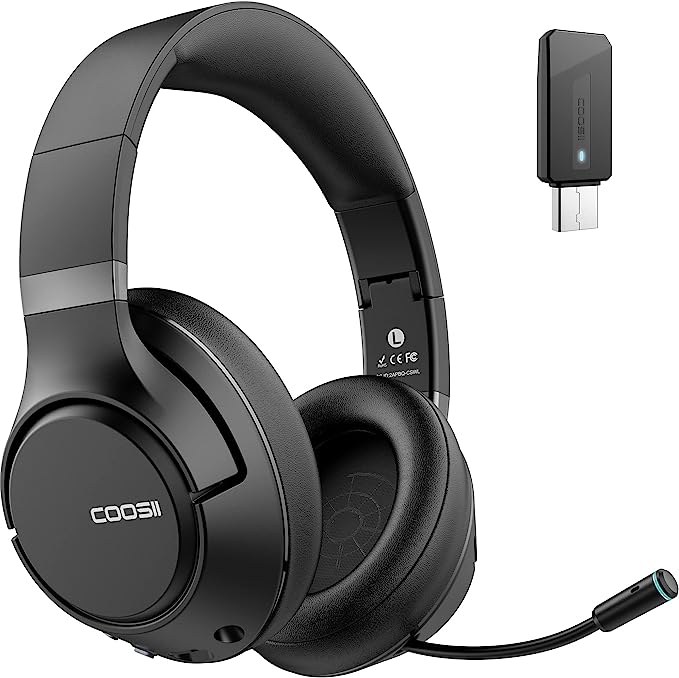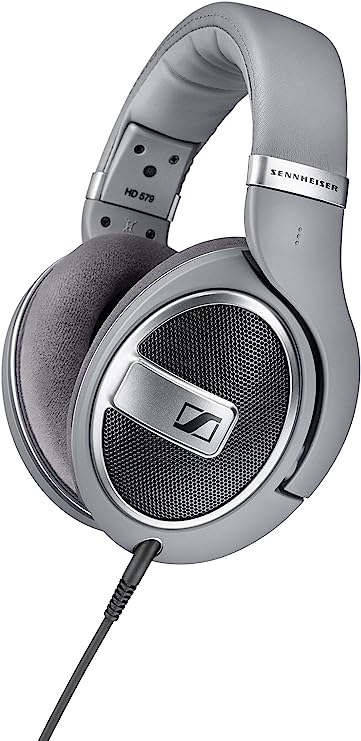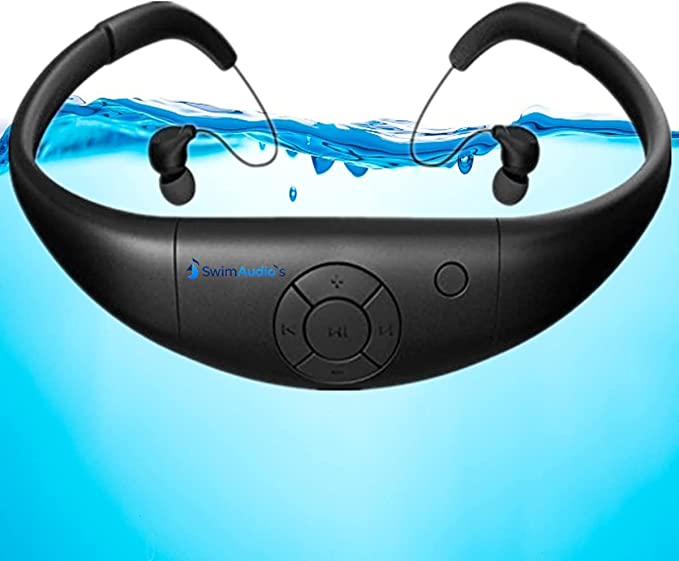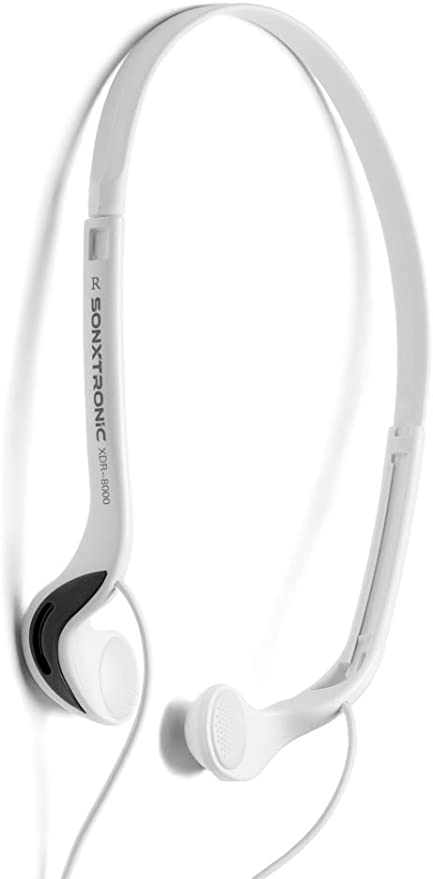Decoding the Sport Earbud: 5 Specs That Define a True Workout Headphone
Update on Nov. 14, 2025, 8:46 a.m.
In the crowded market for wireless earbuds, the term “sport” is used so often it has almost lost its meaning. Nearly every listing features stock photos of athletes and promises a secure fit. But when you look at the spec sheets, they blur into an identical list of features: Bluetooth 5.3, long battery life, and big drivers.
So, what actually defines a true sport earbud?
The answer isn’t a single feature, but an engineering system—a specific cluster of technologies designed to work in concert to solve the unique physical, chemical, and audio challenges of intense exercise.
We can decode this system by applying a first-principles analysis to the specs. By understanding why certain features are combined, we can identify a device truly built for athletic use, rather than one that’s merely “sport-branded.” A modern example like the Poounur Q78, which bundles all these key specs, serves as a perfect blueprint.
1. The Stability Principle: Earhooks vs. Physics
Before sound, durability, or battery, an athletic earbud must solve one problem: it cannot fall out. No feature matters if you’re stopping mid-run to retrieve an earbud from a puddle.
This is a problem of physics. High-impact exercise involves shock, vibration, and inertia. A standard in-ear bud relies only on friction and wedging itself into your ear canal (the concha). This is a weak defense against the physics of a sprint.
The earhook is the primary engineering solution. By looping over the top of the ear, it provides a secure, mechanical anchor. * It distributes the weight of the earbud. * It provides a second point of contact that actively counters the downward and outward forces of running and jumping. * It ensures that even if the in-ear seal (the “ear cup”) is momentarily broken by sweat, the entire unit remains securely in place.
An “ergonomic design” with “elastic and soft ear hooks” isn’t a style choice; it’s a direct, physics-based solution to the number one failure point of earbuds during exercise.
2. The Durability Principle: IP7 and the Real Enemy (Sweat)
The next challenge is chemical, not just physical. Many users see an IP7 (or IPX7) waterproof rating and think it’s for running in the rain. It is, but its more important job is to protect against a far more corrosive substance: your sweat.
An IP rating, or Ingress Protection rating, is a global standard. * IPX7 specifically certifies that a device can be fully submerged in up to 1 meter of clean water for 30 minutes.
Sweat, however, is not clean water. It’s a saline solution (salty) and slightly acidic. This corrosive cocktail is relentlessly aggressive, seeking to infiltrate seams and destroy delicate electronics and battery terminals.
A device engineered to meet the IP7 submersion standard has, by necessity, robust seals, gaskets, and internal protections. This level of engineering provides the necessary durability headroom to withstand the daily, high-pressure, chemical assault of perspiration. It’s not about surviving one accident; it’s about surviving hundreds of workouts.

3. The Audio Principle: 13mm Drivers and Motivational Sound
Once stable and durable, the earbud must fulfill its primary purpose: delivering sound. But the type of sound needed for a workout is specific. While an audiophile might prioritize a flat, neutral sound, many athletes rely on a powerful, bass-forward sound for motivation.
This is where the 13mm dynamic driver comes in. A driver is the miniature speaker inside the earbud. In acoustics, “bass” is low-frequency sound, and to create it, you must move a significant volume of air.
A larger driver diaphragm (13mm is quite large for an earbud) has a larger surface area. This allows it to physically push more air with each vibration, creating that powerful, “punchy” bass you can feel. This “High-fidelity Audio” with “powerful bass” is a deliberate engineering choice to provide a motivational, rhythmic foundation for your workout.
4. The Connection Principle: Bluetooth 5.3 in a ‘Noisy’ Environment
A gym or a busy city street is a “hostile” wireless environment. It’s saturated with 2.4GHz radio signals from dozens of other phones, gym Wi-Fi, smartwatches, and other Bluetooth devices. In this “noisy” spectrum, older Bluetooth versions can “stutter” or drop connection.
Bluetooth 5.3 is a modern standard that directly addresses this. It’s not just about speed; it’s about stability. It incorporates features that allow the earbuds to more intelligently filter out interference and maintain a robust, efficient connection to your device. For an athlete, this means your music or podcast doesn’t cut out at a critical moment.
5. The Endurance Principle: 50H Playtime and ‘Battery Anxiety’
Finally, a sport earbud must be reliable. This is where “50Hrs Playtime” becomes two distinct, important numbers:
- 8 Hours (Single Charge): This is the critical number for the athlete. An 8-hour single-charge capacity means the earbuds will outlast a marathon, a century ride, or any conceivable workout session.
- 50 Hours (Total with Case): This is the convenience metric. It means you can toss the case in your gym bag and potentially go a full week or more without needing to find a wall outlet.
Features like an LED Power Display on the case are not gimmicks. They are practical tools that eliminate “battery anxiety”—the fear that your gear will die mid-workout. You know exactly what you have left.
The ‘Nice-to-Have’ Spec: Noise-Canceling Mics
You’ll also see terms like “Noise Canceling Mics.” It’s important to understand this is not Active Noise Cancellation (ANC), which silences the world around you. This refers to Environmental Noise Cancellation (ENC) for your voice. It uses multiple microphones and a processor to distinguish your voice from background wind or gym noise, making your phone calls clearer for the person on the other end. For an athlete, this is a valuable secondary feature for taking a call post-workout without shouting.
Coda: A System, Not a Spec
A true sport earbud is a purpose-built system. It’s not just “waterproof” or “secure.” It is a combination of mechanical stability (earhooks), chemical resistance (IP7), motivational audio (13mm drivers), signal integrity (BT 5.3), and endurance (50H playtime).
When you see a device like the Poounur Q78 that combines this entire stack, you are looking at a product whose design philosophy is fundamentally aligned with the demands of an athletic life.

